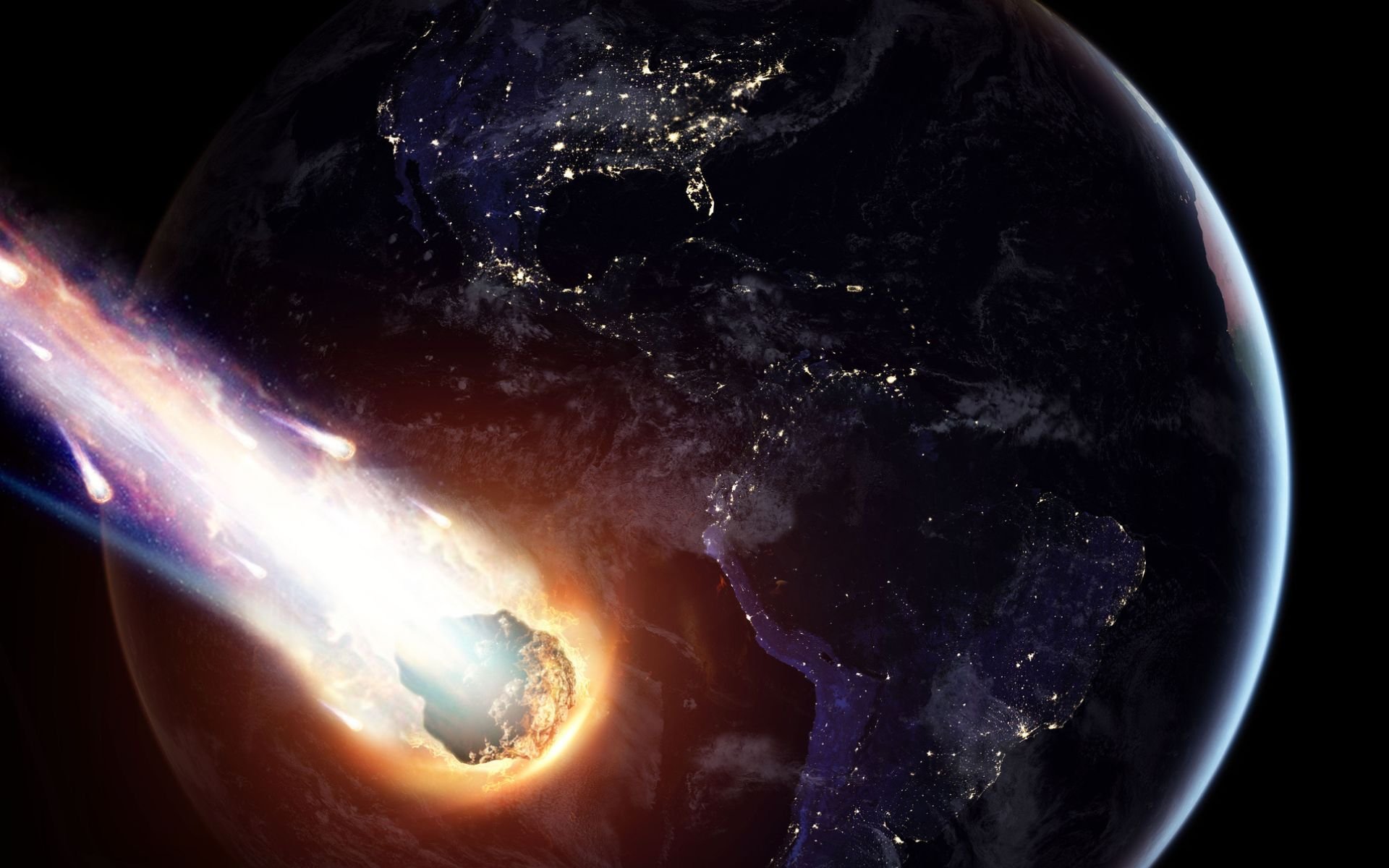In April 2020, the team at the Northolt Branch Observatories in London, England, It was announced that a possible asteroid had been discovered in the Solar System, with a 1 in 400,000 chance of hitting the Earth in 2028.. They discovered the possibility of collision by calculating data on the computer system called Sentry at the Jet Propulsion Laboratory of the United States National Aeronautics and Space Administration (NASA).
Very soon after the discovery of the asteroid called 2020 GL2, scientists examined the data and realized that it was not a space rock. In reality, They discovered that the object was the probe from the BepiColombo missionIt was sent by the European Space Agency (ESA) in October 2018.
The BepiColombo probe was included in the Minor Planet Center (MPC) database as a new asteroid, but the error was soon corrected. The team explained in an official message that the same issue had occurred twice before: once with the Rosetta probe and once with the Gaia space observatory, both from ESA.
“Today we were thrilled to find ourselves among the discoverers of a new near-Earth asteroid, 2020 GL2. We realized that what we had been following for the last few days was the BepiColombo spacecraft. Definitely a ‘near-Earth object’. This is the third time a spacecraft has been mistaken for an asteroid during its flyby of Earth,” an official statement from the Northolt Branch Observatory said.
The final asteroid…
BepiColombo is heading towards Mercury, flying close to planets to save fuel, and has therefore been mistaken for a possible asteroid in the Solar System. It is important to emphasize that, contrary to predictions of a collision with Earth, the ESA mission is not heading towards our planet. Scientists predict that the probe will begin examining Mercury in mid-2028.
Our technology is far from detecting all space rocks that pass relatively close to the planet; For this reason, the observations of amateur astronomers are considered important. After all, it is better to confuse a probe with an asteroid than not to discover an object that could hit the Earth.
“As a bonus, JPL’s Sentry alert calculated that the object had a 1 in 400,000 chance of hitting Earth in 2028. We’re pretty sure that won’t happen. “BepiColombo will reach its destination (the planet Mercury) in 2025,” adds Northolt Branch Observatories.
Did you like the content? So always stay up to date with more studies on astronomy at TecMundo. If you wish, take the opportunity to understand how the Sun’s brightness can hide ‘planet-killer’ asteroids.
Source: Tec Mundo
I’m Blaine Morgan, an experienced journalist and writer with over 8 years of experience in the tech industry. My expertise lies in writing about technology news and trends, covering everything from cutting-edge gadgets to emerging software developments. I’ve written for several leading publications including Gadget Onus where I am an author.













